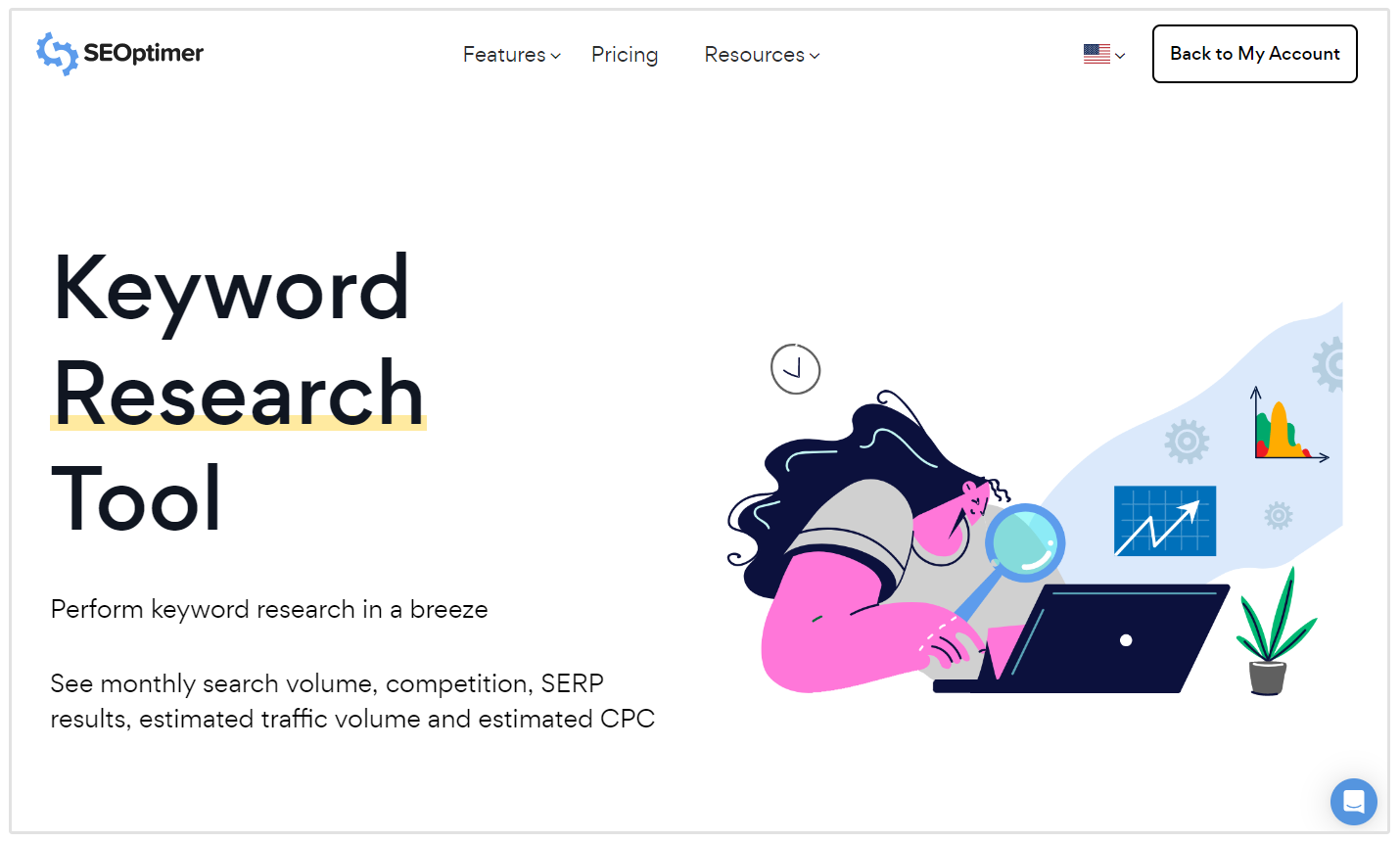Unveiling the Impact of Secondary Dimension in Google Analytics on Data Evaluation and Insights
In the realm of information analytics, the use of additional dimensions within Google Analytics has actually become a critical device for drawing out deeper insights and unraveling complicated patterns that might or else stay obscured. By peeling off back the layers of main information sets, secondary dimensions offer a nuanced perspective that enriches the understanding of user habits, internet site performance, and the efficiency of advertising and marketing methods. Nonetheless, the true effect and untapped possibility of secondary dimensions are commonly undervalued, overshadowed by the appeal of primary metrics. As we navigate through the detailed landscape of data evaluation, the significance of additional measurements comes to be progressively noticeable, shedding light on vital information that hold the key to informed decision-making and calculated optimizations.
Exploring the Idea of Additional Dimensions
Second measurements in Google Analytics offer additional understandings by enabling users to evaluate primary information in combination with a secondary feature. By including secondary dimensions, customers can delve deeper into the data and reveal valuable connections that might otherwise go undetected - what is a secondary dimension in google analytics.
Recognizing the principle of additional dimensions is vital for making best use of the capacity of Google Analytics. It allows customers to sector data properly, recognize patterns, and make educated decisions based on a much more total image of their analytics data. By discovering the various secondary dimensions readily available in Google Analytics, customers can unlock new understandings and optimize their electronic advertising efforts. In essence, additional dimensions serve as a powerful tool for enhancing data evaluation and driving workable results.
Enhancing Data Analysis With Second Dimensions
Having actually developed the fundamental understanding of secondary dimensions in Google Analytics and their critical duty in data analysis, the focus now moves in the direction of leveraging these second qualities to boost the analysis of analytics data (what is a secondary dimension in google analytics). By incorporating secondary measurements right into data evaluation, experts can acquire deeper understandings into customer habits, web site performance, and advertising effectiveness

In addition, additional dimensions aid in contextualizing main information metrics by providing added layers of details. This contextualization aids in understanding the 'why' behind the data patterns, assisting experts make notified optimizations and decisions to enhance total performance. Ultimately, integrating additional measurements enhances the data interpretation procedure, bring about more strategic actions and meaningful understandings.
Discovering Hidden Insights Through Additional Measurements
Discovering the midsts of analytics information with second measurements reveals beneficial understandings that would certainly or else remain covered. By including secondary measurements in Google Analytics, companies can uncover hidden patterns, fads, and connections that give a more view it now thorough understanding of customer behavior and website efficiency. These extra layers of information permit analysts to dive much deeper right into the main measurements, such as traffic sources or landing web pages, and obtain an extra nuanced perspective on just how different variables engage with each other.
With the usage of secondary measurements, experts can segment and contrast information across various measurements, allowing them to determine certain elements that influence user involvement, conversion rates, and total success metrics. By matching the main measurement of 'device category' with the second dimension of 'age team,' marketing experts can pinpoint which age demographics choose accessing the site through mobile tools versus desktop computers.
Leveraging Secondary Measurements for Actionable Analytics
Building upon the insights revealed through additional dimensions in Google Analytics, companies can currently harness this enriched information landscape to drive workable analytics and tactical decision-making. By leveraging second dimensions, companies can dig much deeper right into their information to draw out useful patterns, patterns, and relationships that might have previously gone undetected. This deeper degree of analysis allows companies to gain a more comprehensive understanding of user habits, campaign performance, and overall site performance.
One trick benefit of utilizing second dimensions for workable analytics is the capacity to segment data based on certain standards. This segmentation enables organizations to customize their campaigns and strategies to various audience teams, causing extra targeted and efficient marketing initiatives - what is a secondary dimension in google analytics. Furthermore, second measurements supply an even more holistic sight of user interactions, allowing companies to maximize their website content, layout, and total individual experience
Making Best Use Of Decision-Making With Additional Dimensions
To boost tactical decision-making in analytics, leveraging secondary measurements in Google Analytics can offer an extra nuanced point of view on user actions and project efficiency. By incorporating secondary measurements right into information analysis, services can dive deeper into the specifics of their web site site visitors' interactions and engagement patterns. This additional layer of details enables an click here to find out more extra thorough understanding of just how various variables, such as demographics, gadgets, or web traffic sources, impact crucial efficiency signs.
 their website a secondary dimension in google analytics
their website a secondary dimension in google analytics"/>
Conclusion
In verdict, the use of second dimensions in Google Analytics plays a vital duty in boosting data evaluation and uncovering covert insights. By discovering this concept, one can get a deeper understanding of user actions and make notified choices based on actionable analytics. Leveraging additional dimensions permits a much more detailed analysis of information and maximizes the efficiency of decision-making processes.
